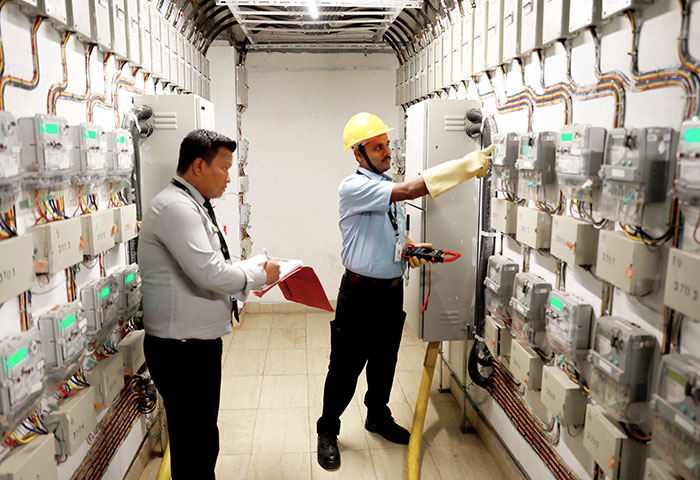Mitigating Risks with Facility Management

Tags: workplace risk factors
Modern workplaces have many hazards that may be harmful to the employees and visitors. These common workplace risk factors can cause drastic consequences on the employees. If not mitigated on time, they can cause various health issues for employees, and additionally, they can reduce company morale and productivity.
It would be best if businesses take a layered approach to mitigate and reduce the various risks present at the workplace, instead of merely meeting the OHS and EHS standards and conducting drill sessions every month.
Risk Assessment
Risk assessment or identification is the first step in mitigating the workplace risk factors, making it the foundation of its layered approach to risk management. During the process, the facility manager must recognise the potential risks the workforce can face.
Layered Approach to Risk Mitigation
The most effective practice for mitigating workplace risks for the organisation’s employees is to take a layered approach to address the risks. The organisation must follow the hierarchy of hazard control with facility management after identifying its most likely workplace risk factors.
Elimination
As part of the facility management, the first layer of risk mitigation is to eliminate the safety hazards from the workplace. This may not always be possible; some components may be crucial for the daily operations, but the organisation must eliminate every possible safety hazard, which could include ashtrays, explosive liquids, and lack of CO detectors or fire exits.
Substitution
If the organisation cannot eliminate the components that act as safety hazards for the employees, it can look for other safer alternatives to mitigate the risk. One appropriate example of substitution for risk mitigation is having the housekeeping staff use eco-friendly cleaning products over chemical cleaners, as the latter may be toxic for the employees, causing skin irritation or allergic reactions.
Engineering Controls
A dysfunctional HVAC system can be a major safety hazard, but the HVAC cannot be eliminated or substituted. For such components of the facility, the organisation must take an active approach to isolate the employees from the risks by implementing controls that mitigate the events that could cause harm. To continue with the same example, the organisation can install a smart HVAC system that monitors and alerts the facility managers if it senses any potential problem with the HVAC unit.
Administrative Controls
The final layer for mitigating risk at the facility is administrative controls. Wherein certain restrictions are placed on the facility level to minimise the chances of risks. These would typically include access control to the facility’s sensitive parts, heightened security at the gateways, and much more.
The organisation must make the commercial facility a safe place for the employees by going beyond just the basic EHS criteria. It can mitigate most workplace risk factors by preventative maintenance, competent housekeeping , and robust security—all of which we at Unify can help with. Opt for our integrated facility management services to help maintain and upkeep the commercial facility while keeping the employees safe from workplace hazards.
